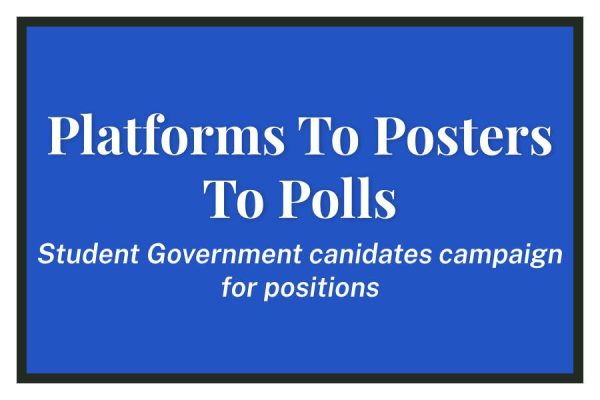A Roadblock For Students
Uber’s Age Restriction Policy and The Reasoning Behind It
On March 31, sophomore Estelle Heltzer was waiting for her Uber outside the house of one of her friend’s. She stood in the cold of a street dimly lit by a single street lamp. She waited for over 15 minutes as the Uber traversed through traffic to get to her. Once the car finally arrived, Heltzer jumped into the comfort of the backseat eager to get home, only to be questioned by the driver about her age.
Upon hearing that she was 15, the driver immediately instructed her to exit the vehicle. “He told me Uber doesn’t allow minors to ride alone,” Heltzer said. “So I had to wait another ten minutes for another Uber driver who didn’t even mention my age.”
Uber is an app used by teens and adults to arrange transportation. It is the largest ride-sharing app in the market currently. But teens cannot legally take an Uber without an adult. According to Uber’s U.S. Terms of Use, “You must be at least 18 years of age, or the age of legal majority in your jurisdiction (if different than 18), to obtain an account.” Uber can also ban an account if they discover that the owner of the account is under 18, despite the fact that the site does not ask a user’s age in setting up the initial account. Sophomore Ava Sato’s account was banned after she was kicked out of an Uber for being 16.
Even with this rule, many teens continue to use Uber. “Who reads the terms of service?” sophomore Micah Derringer said. “If it was important, it would have been an alert or an entire page.”
Many underage users were not even aware that the rule existed. “I think it’s ludicrous that I can use a taxi,” sophomore Ryan Humphrey said, “but I am somehow too young to use Uber.”
Like many companies, Uber’s reasoning behind requiring minors to ride with a legal guardian at all times lies in their safety policies and avoidance in any legal problems.
If the age requirement is enforced at Uber, families in which parents or caregivers are not available to provide minors with transportation will be inconvenienced. Uber can act as a quick ride in the event of an emergency, or as designated driver for late nights or early mornings, or as a means of carpool to and from activities when parents are unable to take their kids. “I think that minors should definitely be allowed to use Uber,” Derringer said. “If it provides alternatives to drunk driving and walking in the freezing cold late at night, then it’s doing more to help than to hinder.”
One reason for the age minimum is due to the safety of Ubers. According to Whosdrivingyou.org, over the course of the 4 years since Uber launched, there have been 49 deaths, 92 alleged assaults, 366 alleged sexual assaults, 16 alleged kidnappings, 22 felons behind the wheel, and various other crimes related to Uber drivers. As well, these incidents may be due to the inadequate screening process Uber uses compared to other ridesharing services and taxi services. On average the Uber screening process takes 36 hours. For comparison, the FBI’s screening process for taxi drivers takes up to 16 weeks.
Sophomore Scottie Ingall disagreed with the age restriction prior to hearing these stats. After hearing about all the Uber-related crimes, he said he understands the reasoning behind the restriction. “Those stats make me hesitant about using Uber and understanding of the age restriction,” Ingall said, “but sometimes using Uber is my only way to get home, so I’ll take my chance.”







